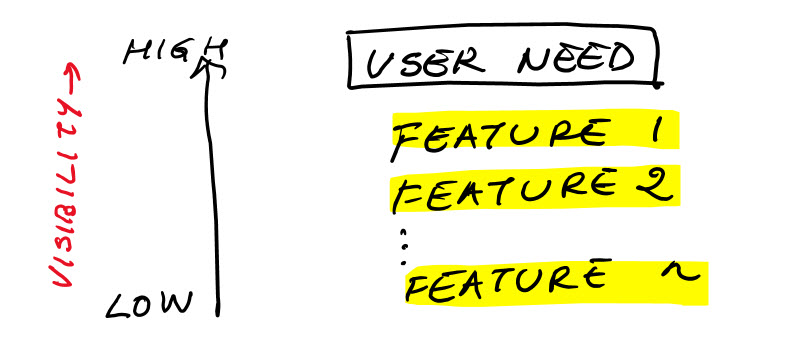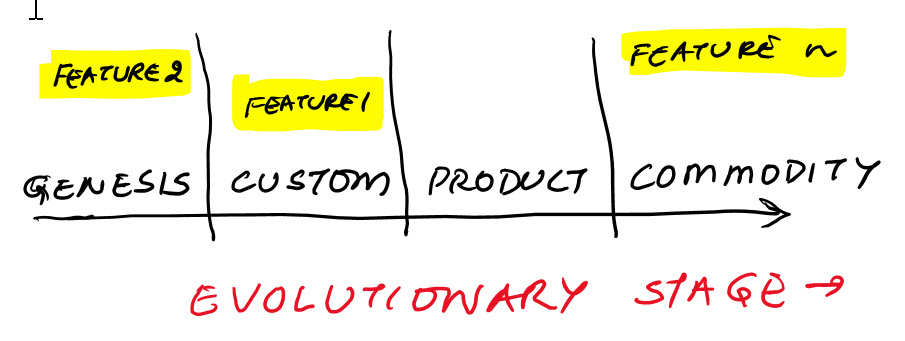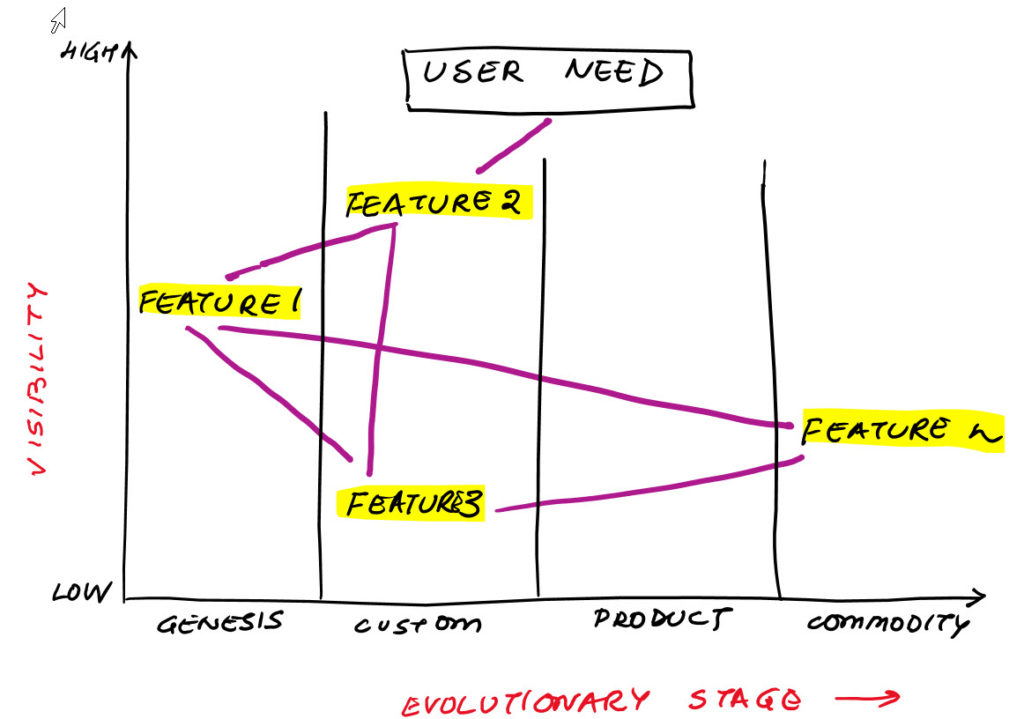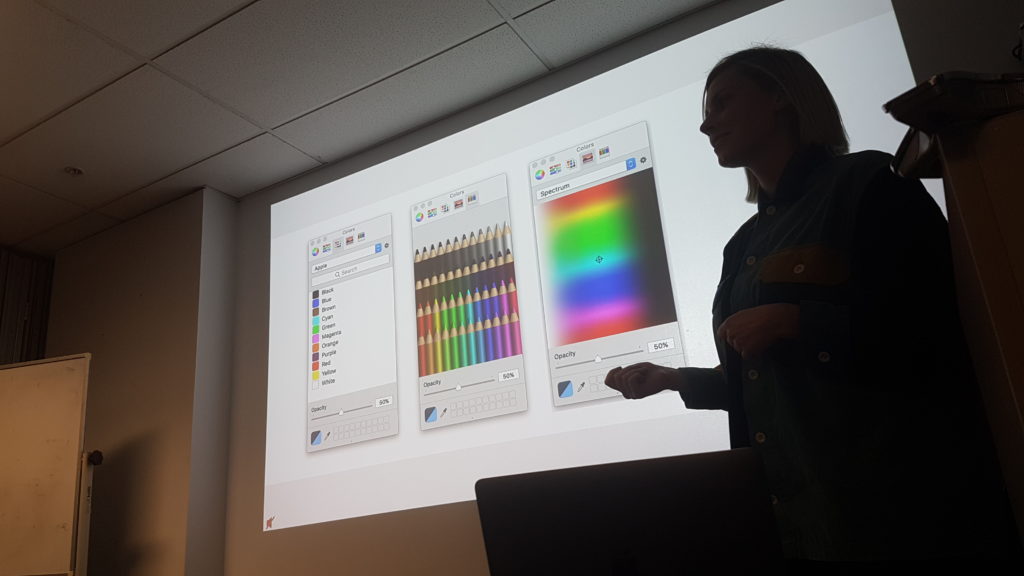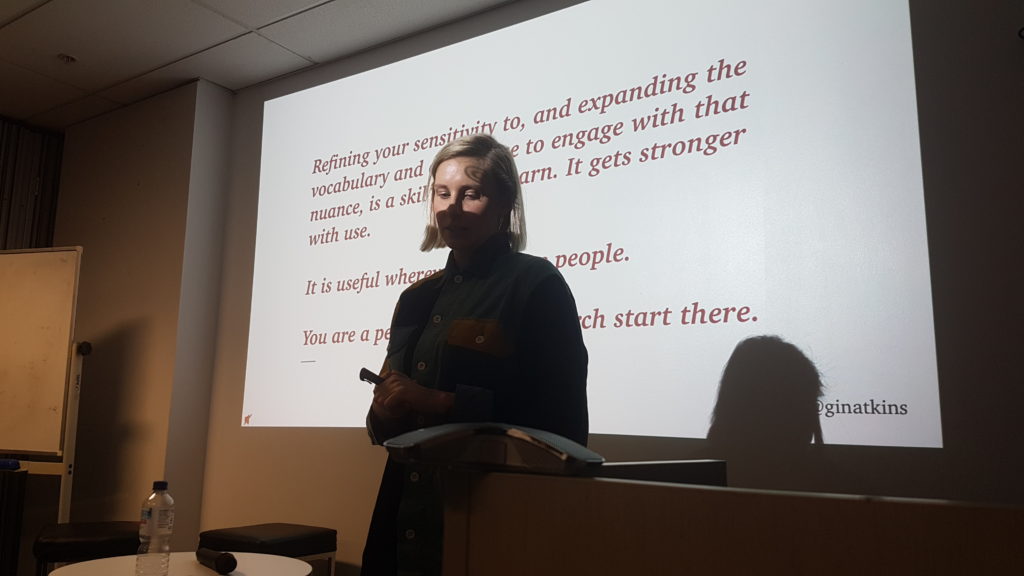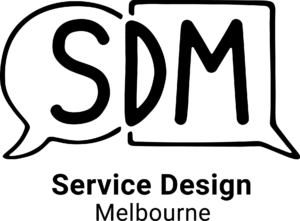Objectives & Key Results. Do they really deliver on the promise? Will they help you reach your goals?
We enlisted 3 product people to talk about their experience of using OKRs to see how they work in real life.
Our speakers:
- Andrew Knibbe, Head of Product – Direct Hirer at Seek – has over 10 years of product management experience – cutting his product teeth in the early days alongside the ThoughtWorks team at Sensis followed by stints at Carsales and Flippa before moving to SEEK where he has had Head of Product roles across both the Consumer and Business side of the employment marketplace. He remains excited about what OKRs can mean for product teams (and customers!).
- Wayne Allan, Technical Product Manager, REA – A muso turned software engineer turned product manager, I love creating things people love! Currently solving problems at realestate.com.au
- Brad Dunn, Co-founder and Product Director at OHNO. Before that, he was the executive for Product & Customer Experience at Geo. For 7 years, Brad was the CEO of Nazori, a mobile product development business, where they worked with clients in 12 countries around the world including Samsung, Airbnb and Aesop.
The OKR Process
Andrew let us know that every team at Seek manages their OKRs a little bit differently & they’re currently in their 4th or 5th quarter of doing OKRs.
Andrew described a very team based approach (which is what Wayne also talked to). About 6 weeks before the end of the quarter, the teams receive some context on where the business is going & what they’re seeing in the market. About 2 weeks before the end of the quarter, the team incorporates their own research & knowledge to create draft OKRs for the next quarter. Drafts are reviewed to ensure they are aligned across the portfolio.
Setting OKRs is only part of the process – you need to understand how they went & learn from them. At Seek, there’s check-ins during the quarter (even just emails) and at the end of the quarter, teams present how they went for each OKR, what that means for the roadmap & strategy going forward and what the next set of OKRs are. REA has a mid-quarter update to ensure you’re on the right path or if there’s roadblocks that need to be cleared.
Wayne reminded us that part of the process is needing to educate your team about OKRs. Some people might think they are tied to performance or compensation so you need explain how the OKRs work. As the acceptance of OKRs builds across the business, you need to keep educating different groups.
And Brad noted they do not follow the usual quarterly OKR cycle! They work to a 6 week plan because that’s what works for them.
What works well…
There was clear agreement between our speakers that OKRs can create alignment between teams & stakeholders. They set expectations on what to do, not how to do it. They force prioritisation early on. They help people understand why you did X and not Y. Brad believes they are great for helping people believe in something & getting people to rally behind something.
Wayne believes they help speed up decision making as the product manager doesn’t have to answer everything. People on the team know where they are headed which drives performance within the team.
Based on what our speakers said, it seems they can also help raise issues. Use the OKRs to help show when a deliverable (that’s been delivered) needs some help. If a senior stakeholder says to build X, use the OKRs to manage if that’s the right thing to build.
Brad uses a combination of focusing on outcomes and PIRATE metrics to drive OKR setting.
What’s not working…
Creating your OKRs can be tough. You need to provide enough context for the teams to make good OKRs. Don’t have too many – recognise that even 3 objectives can be too many and 26 KRs is definitely too many. Changing the objectives every quarter can be too much context switching with not enough time to make real progress. They should not be a task list.
Wayne said they realised during planning that they had 3 objectives that were exactly the same thing but had been written in 3 different ways. The team used 3 1-hr sessions to get all their ideas on post-its, all the concrete ideas out and used that to help think at a higher level (& get the entire team onboard).
Make your OKRs part of everyday life can be a struggle. What do you do if half way through the quarter you’ve smashed it? or realised it’s not something you should do.
Measuring your OKRs needs to happen. Wayne advised us NOT to have a set & forget attitude. He suggested setting up your measurement plans in the 1st week. AND not to use surveys to measure everything as there will be survey fatigue from customers & internal folks.
Don’t focus totally on the OKR. Brad finds it fascinating that people really focus on the OKR.. what’s a good one, what’s a bad one. He sets them and then focuses on the outcome.
Mental Contrasting
Brad talked about the concept of ‘mental contrasting’ which consists of 4 items and the first 2 are tied to what an OKR is.
- Wish – the inspiring thing you’re going for ie your objective
- Outcome – your KR
- Obstacle
- Plan
With mental contrasting, you should take a little time to think about the obstacle. Just thinking about it, helps you act.
FYI, this is also called ‘WOOP‘ (easier to remember than mental contrasting!)
Questions
What’s the worse KR you’ve seen? Andrew: “TBC” Brad: putting in an OKR we knew we couldn’t meet – or vanity things.
How long does it take to pull together OKRs? Brad says it’s about 2 days (every 6 weeks). Andrew says it’s much less now that they have done this several times and they don’t change their objectives every time. Wayne has time boxed theirs to 3 hrs.
Wayne & Andrew also talked to the difference between old & new products. New products might need longer to work out the OKRs as opposed to tweaking existing products.
Thank you!
A massive thank you to Andrew, Wayne & Brad, our wonderful speakers for the evening! To our fantastic volunteers for the evening: Gwen, Steve C, Steve B, Rob, Neha, Nigel & Marija. To all attendees!!! And to Medibank for hosting!!!!

